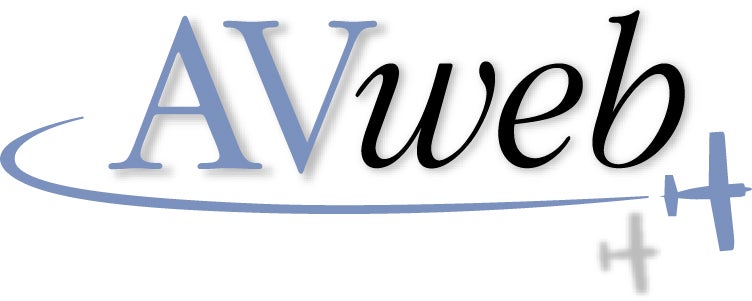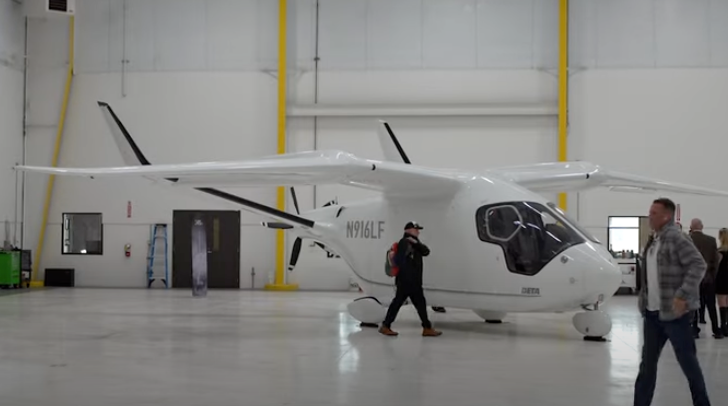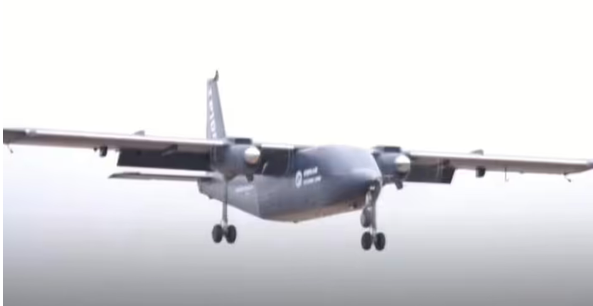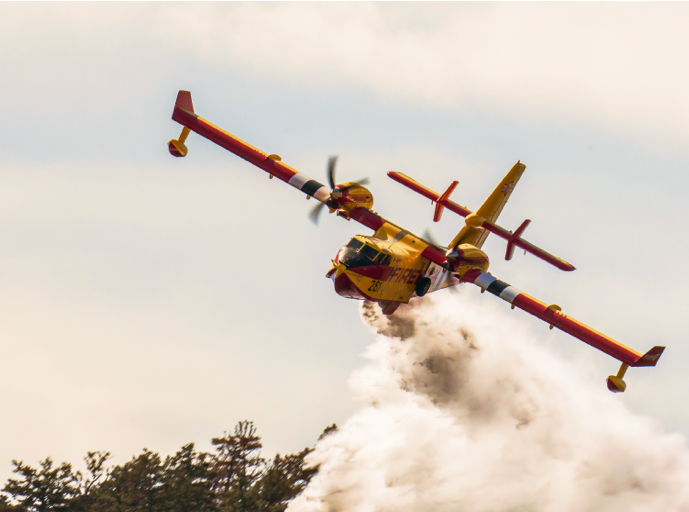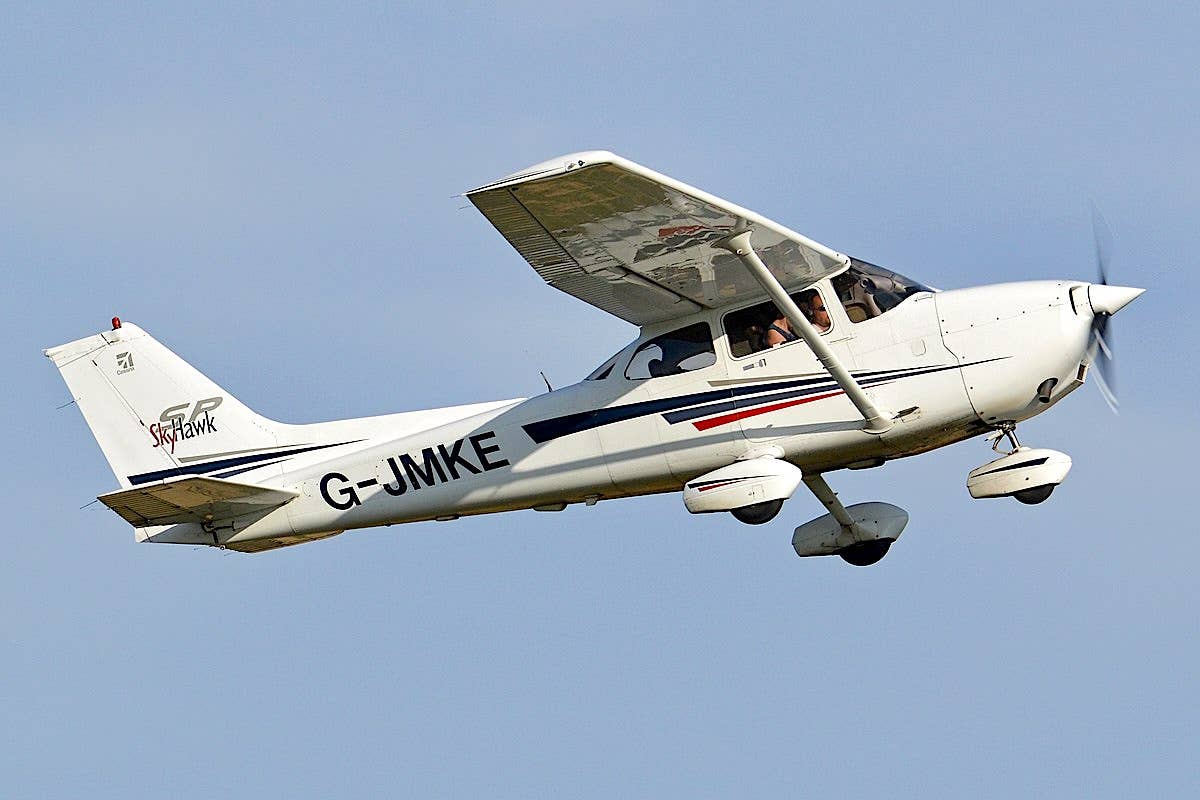GAMI’s Braly Cites Further Evidence in Forum Supporting G100UL
He acknowledges his fuel could be ‘more aggressive,’ but also noted that some blends of 100LL are also more prone to causing damage.
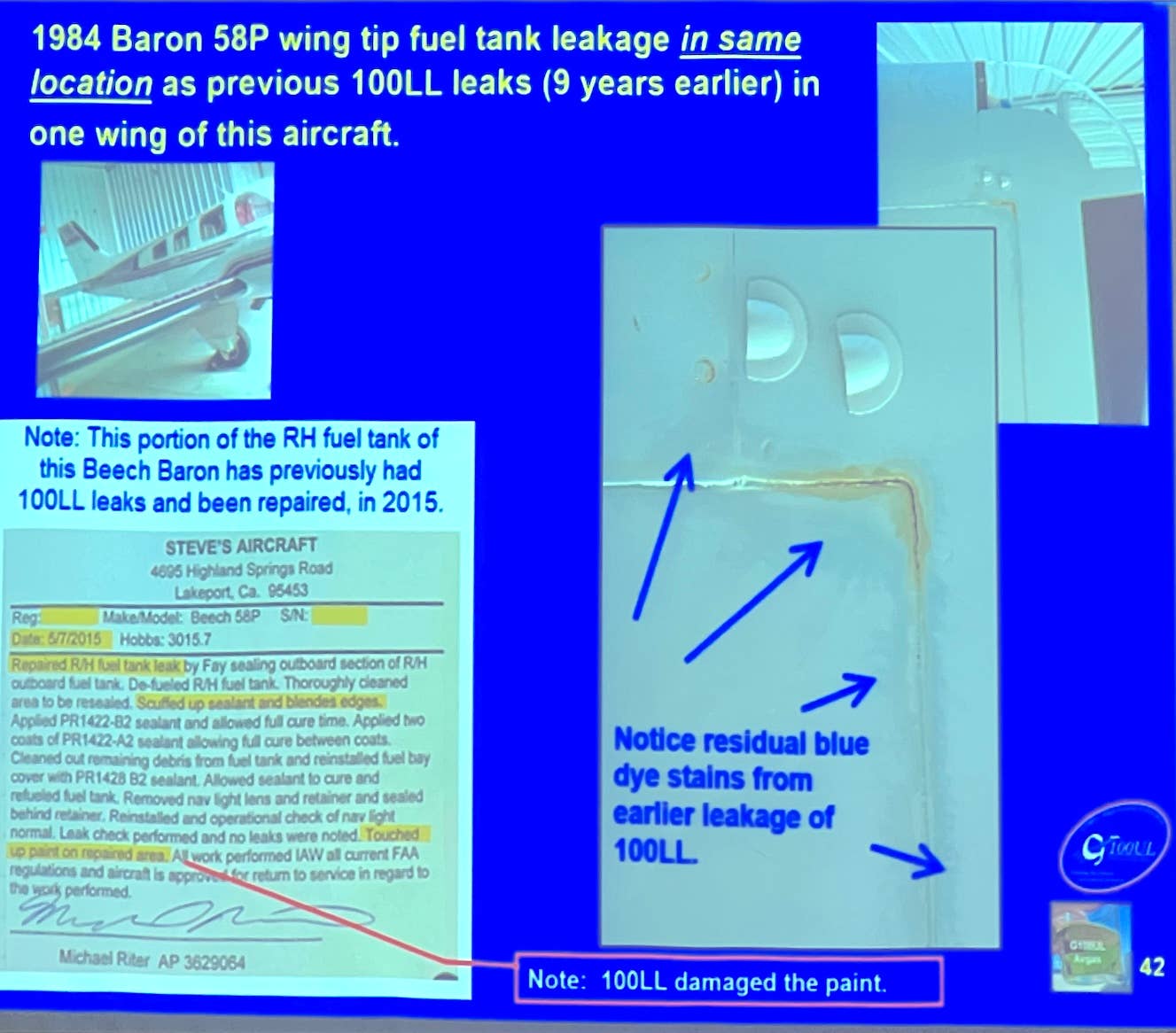
In this slide from George Braly’s forum on unleaded avgas, he cites one of many cases where aircraft with fuel leaks attributed to G100UL were already leaking – and perhaps improperly repaired – years before the unleaded fuel was introduced. Credit: GAMI
George Braly, cofounder of General Aviation Modifications Inc. (GAMI), presented a forum at Sun ‘n Fun 2025 today on his efforts to bring GAMI’s G100UL unleaded avgas to market. Braly expanded on remarks he shared with AVweb yesterday in a podcast on the topic.
In addition to the topics raised in the podcast, Braly shared two of his reasons for not participating in the ASTM approval process for his fuel blend. First, he feared theft of his intellectual property after decades of developmental work and testing on G100UL. He said that that after his first meeting with the ASTM board, he later discovered that one of the ASTM committee participants (an employee of a major fuel company) had later filed for a patent for GAMI’s G100UL formula.
His second reason for non-participation in the ASTM approval process was the group’s unwillingness to accept Detailed Hydrocarbon Analysis (DCA) in its consideration for approval of G100UL. DCA, Braly claimed, is central not only to the development and production of G100UL, but also to quality control in its production. He said that DCA led to an “enhanced” approval of G100UL from the FAA as part of the Supplemental Type Certificate (STC) process, as opposed to ASTM approval.
Braly also made the case that the vast majority of claims that leaks attributed to G100UL caused paint and other damage to aircraft are attributable to poor initial or improperly maintained sealing of the non-bladder tanks. He cited graphical statistics indicating that in all but a few cases, there is provable evidence that the aircraft’s fuel tank seals were already leaking before they started using G100UL. He said it’s likely the sealant was either poorly applied at the factory decades ago or improperly resealed over the years.
Braly also cited three repair shops in the U.S. that focus their business on aircraft with leaking fuel tanks and re-seal the seams. He also cited multiple cases of sump drains with decades-old O-rings that stopped leaking after the O-rings were replaced, whether they were fueled with G100UL or 100LL. He identified Cessna 400-series piston twins as among the worst offenders.
Braly acknowledged that there are attributes (related to the chemical components of a fuel’s aromatics) that might make G100UL “more aggressive” than some blends of 100LL. But he also said that there are some 100LL blends that are also more aggressive than others. “No avgas is perfect,” he said, “including G100UL ... but also including 100LL.”
